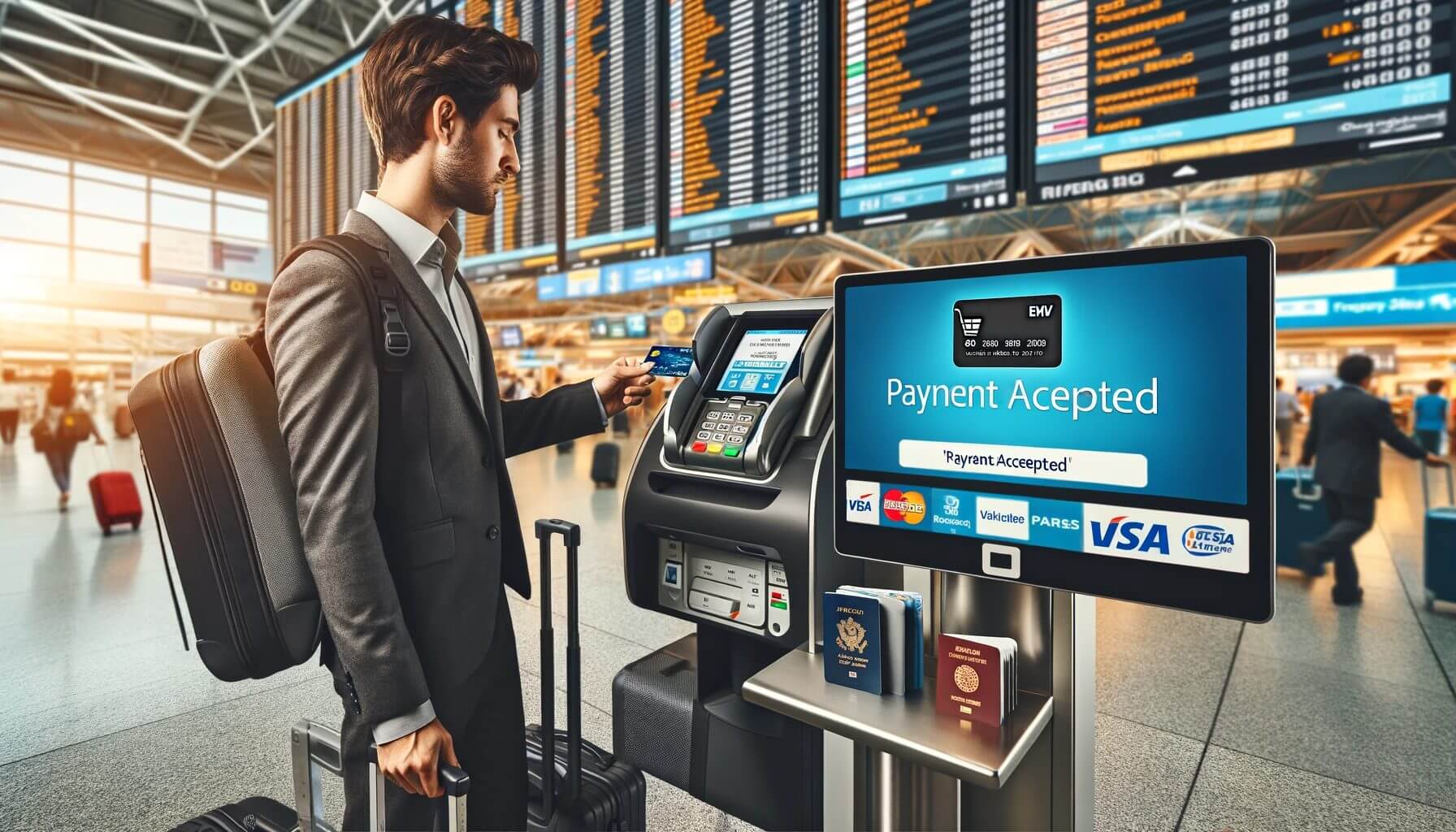EMVs and Travel
The Shift to EMV Security Standards in America
As noted in this space before, new EMV (Europay/MasterCard/Visa) security standards are slowly coming to EMV travel credit cards in America. Basically, the card relies on a chip, rather than a magnetic stripe, for its pertinent information, and its information is harder to clone, or hack.
The Introduction of EMV-compliant ATMs
A couple of industry news sources have been chiming in on aspects of the
EMV roll-out, including the Greensheet news, which notes that the first EMV-compliant ATMs are set to go live here in the U.S. “People’s United Bank, which operates over 400 branches on the East Coast, went live with a handful of EMV ATMs at its branch on Park Avenue in New York City in late May 2013,” the site reports.
The Impact on International Travelers
However, the report also states that “it is likely that the only EMV-enabled cards to be used at the ATMs will come from foreign travelers to the United States.”
Considerations for U.S-issued Mag-strip Cards Abroad
Which brings up an interesting reverse question, during summer travel season — what about U.S-issued mag-strip cards, for Americans traveling abroad?
Adapting to Global Chip Technology
A new article on the consumer-friendly CreditCards.com site speaks to this issue, in a piece about the “slow rollout” of EMV technology here. “If you’ve traveled overseas recently, you may have had a moment when your magnetic stripe credit card didn’t work. In places where most credit cards are identified by microchip — Europe, Asia, Canada, Mexico, Brazil, to name a few — relying on standard American magnetic-stripe cards can be inconvenient.”
The Risk of Magnetic Stripe Cards in a Chip-Predominant World
The kicker though, as the article notes, is that have a “stripe” in a chipped environment could “make you more vulnerable to fraud.”
“More than 80 countries around the world use chip technology,” the article continues. “Less than 1 percent of credit cards issued in the U.S. have chips. That’s about to change.”
Preparing for the EMV Transition
But until those changes come, over the next couple of years, what can you do to keep yourself safe? Well, if traveling, you can limit the number of cards you take (while also checking if an EMV replacement is possible, before you set out), and of course monitoring account activity as you go along.
As for those aforementioned changes, though, the Greensheet notes that “the simple fact that there are a large number of card issuers in the United States in comparison to other countries makes the EMV transition all the more difficult… The EMV migration rests on the decisions that card issuing banks and credit unions make, which are challenging and many.”
Further, citing another expert, “‘It’s a big, complicated exercise to set up all of your host and authorization infrastructures, your card management infrastructures, your customer help desk infrastructure, as well as your point of sale and ATM infrastructure itself, just in terms of the overall project. It’s probably one of the biggest undertakings a financial institution would take with their physical infrastructure.’”
Navigating the Transition as a Vendor and Traveler
As a vendor, if you have any “point of sale” questions about the changes ahead, get in touch with your AVPS rep today. And as a traveler — well, have a great journey, and keep an eye on that magnetic stripe: It may not be making too many more trips with you!








